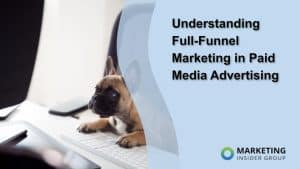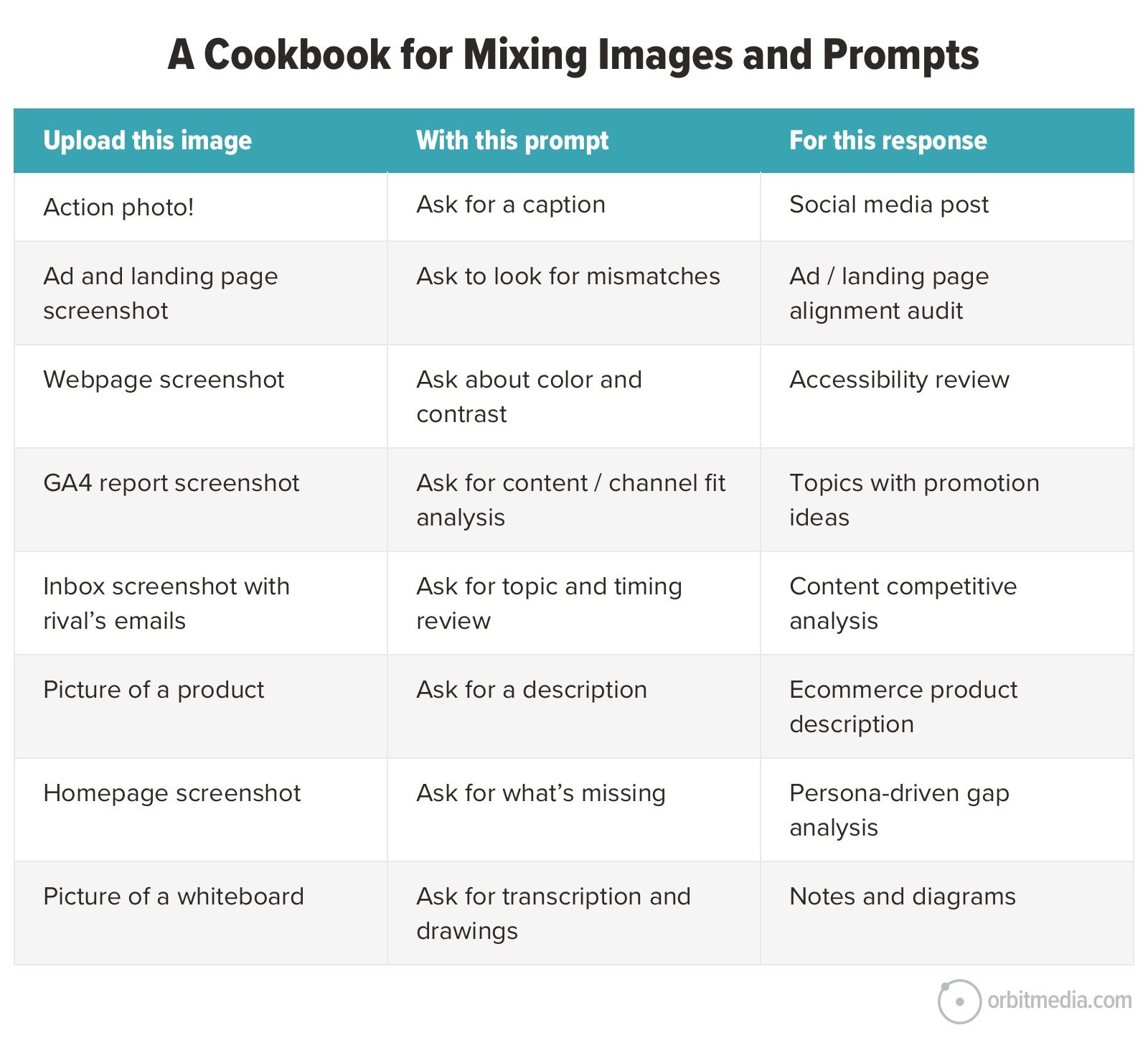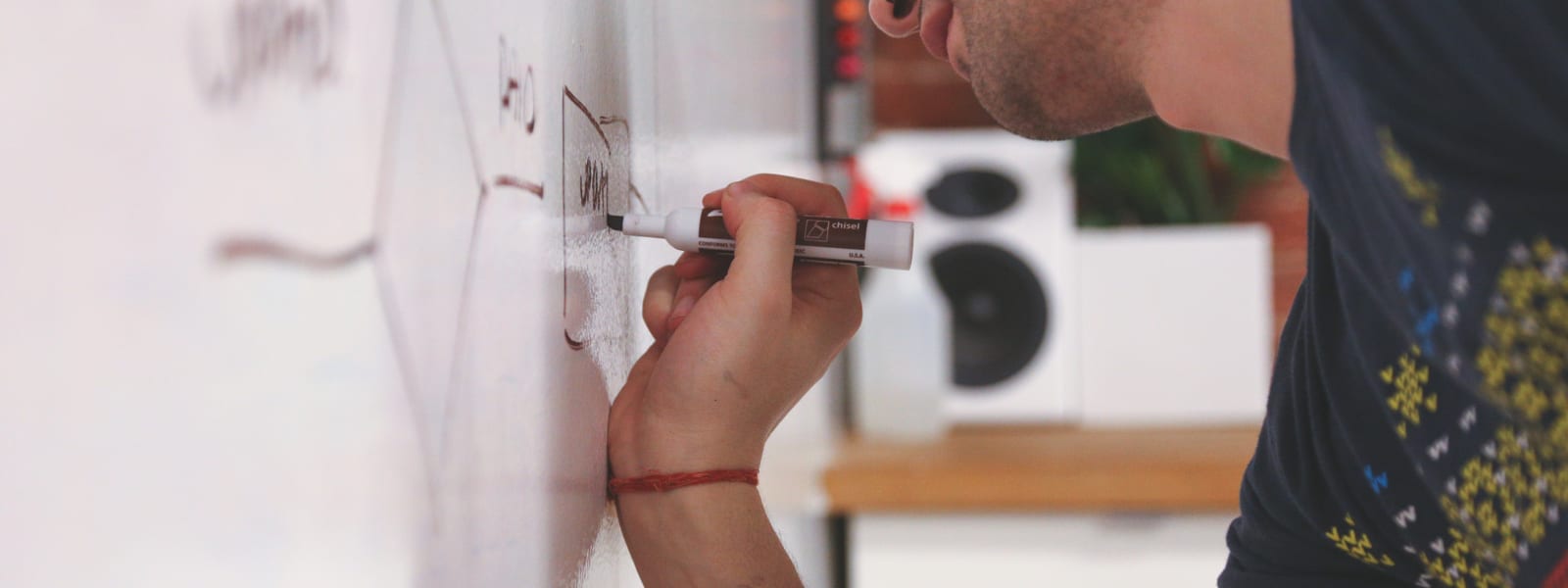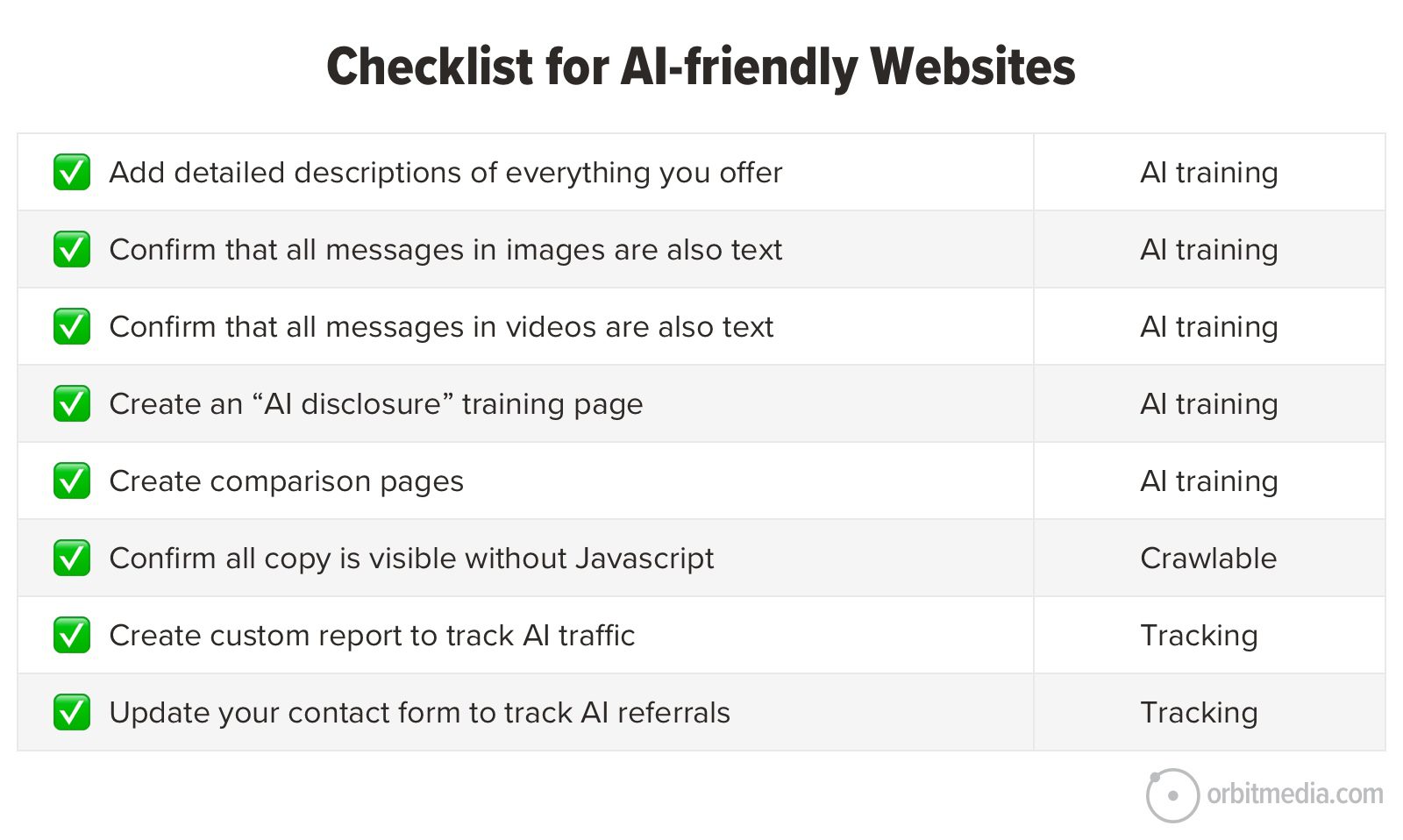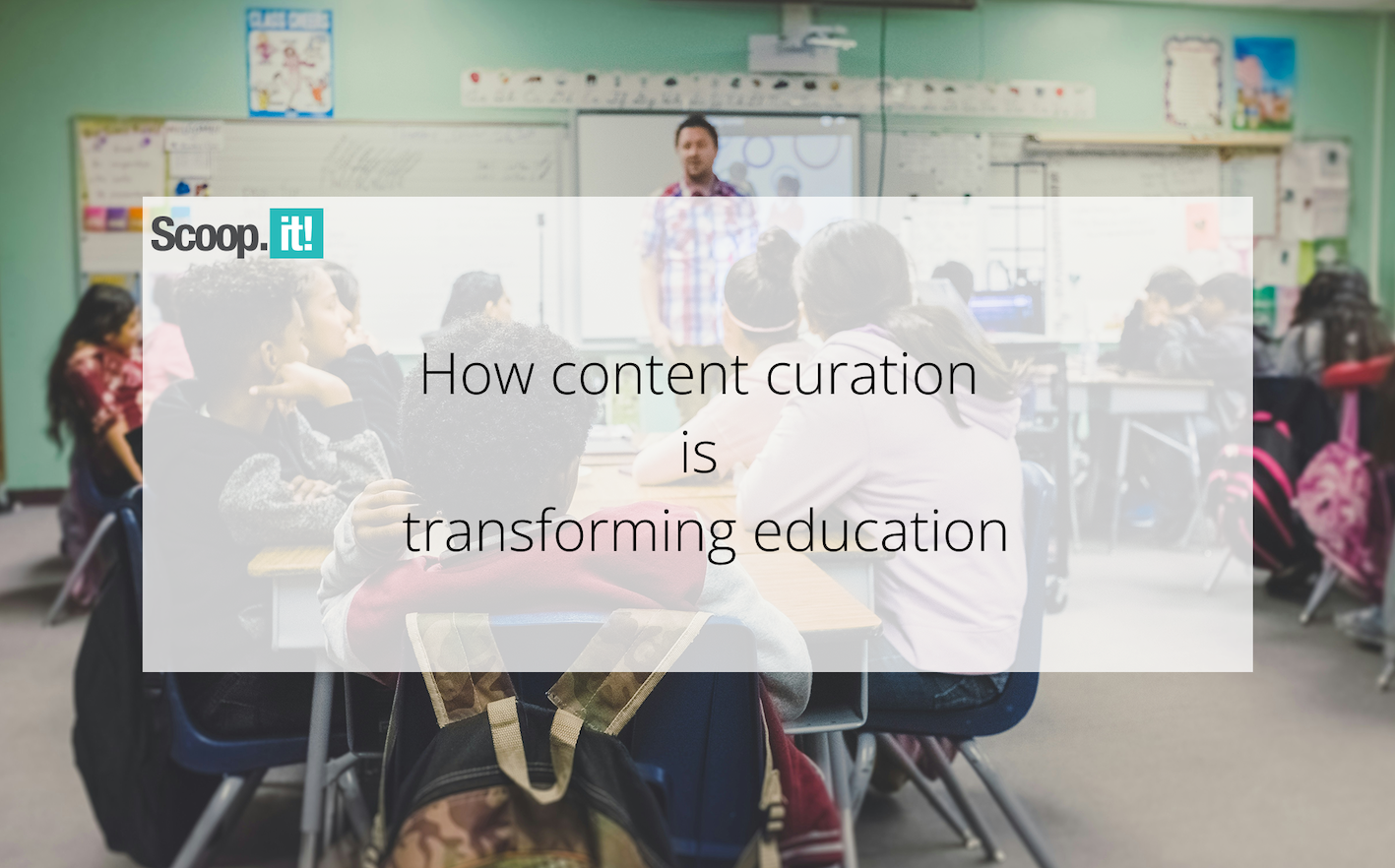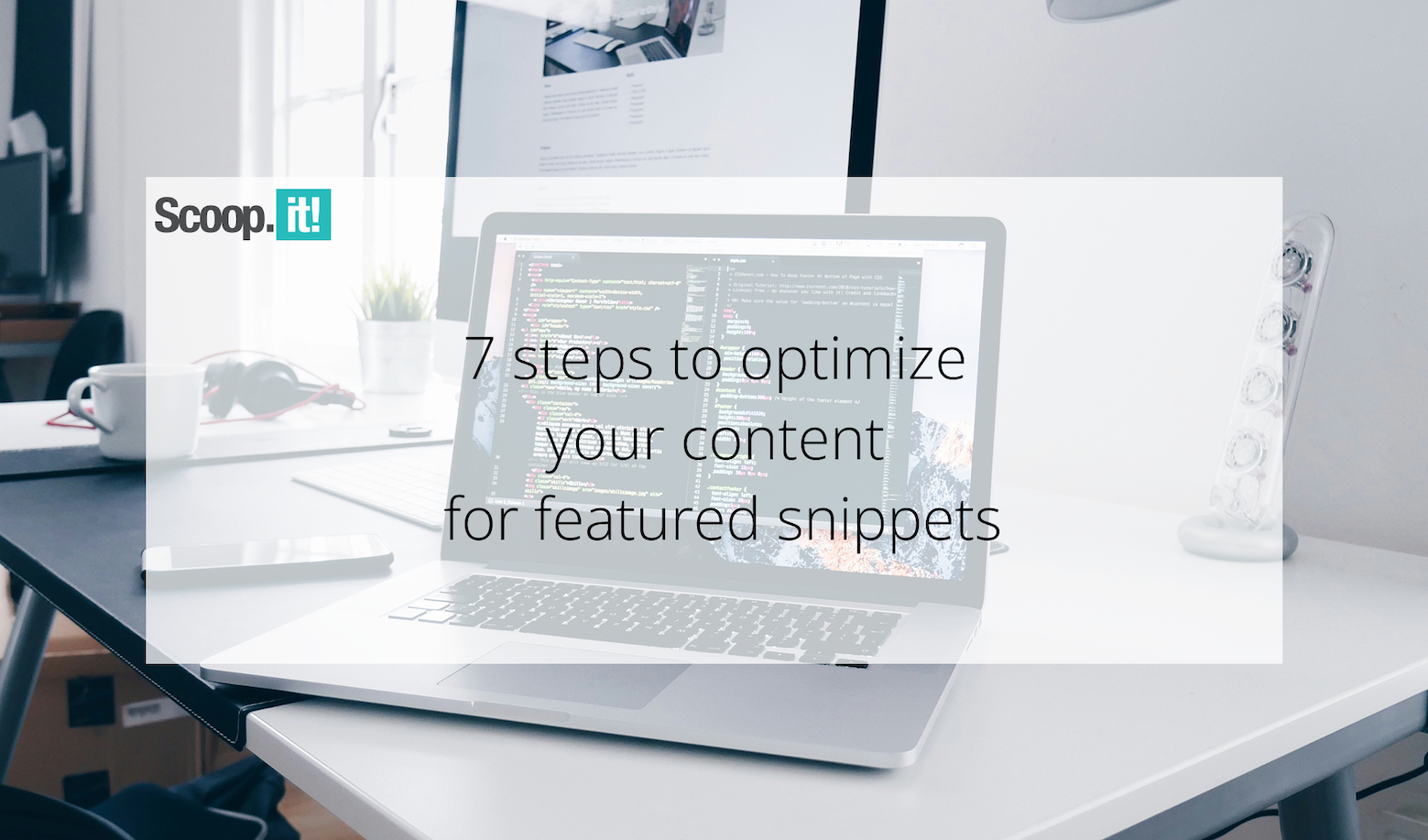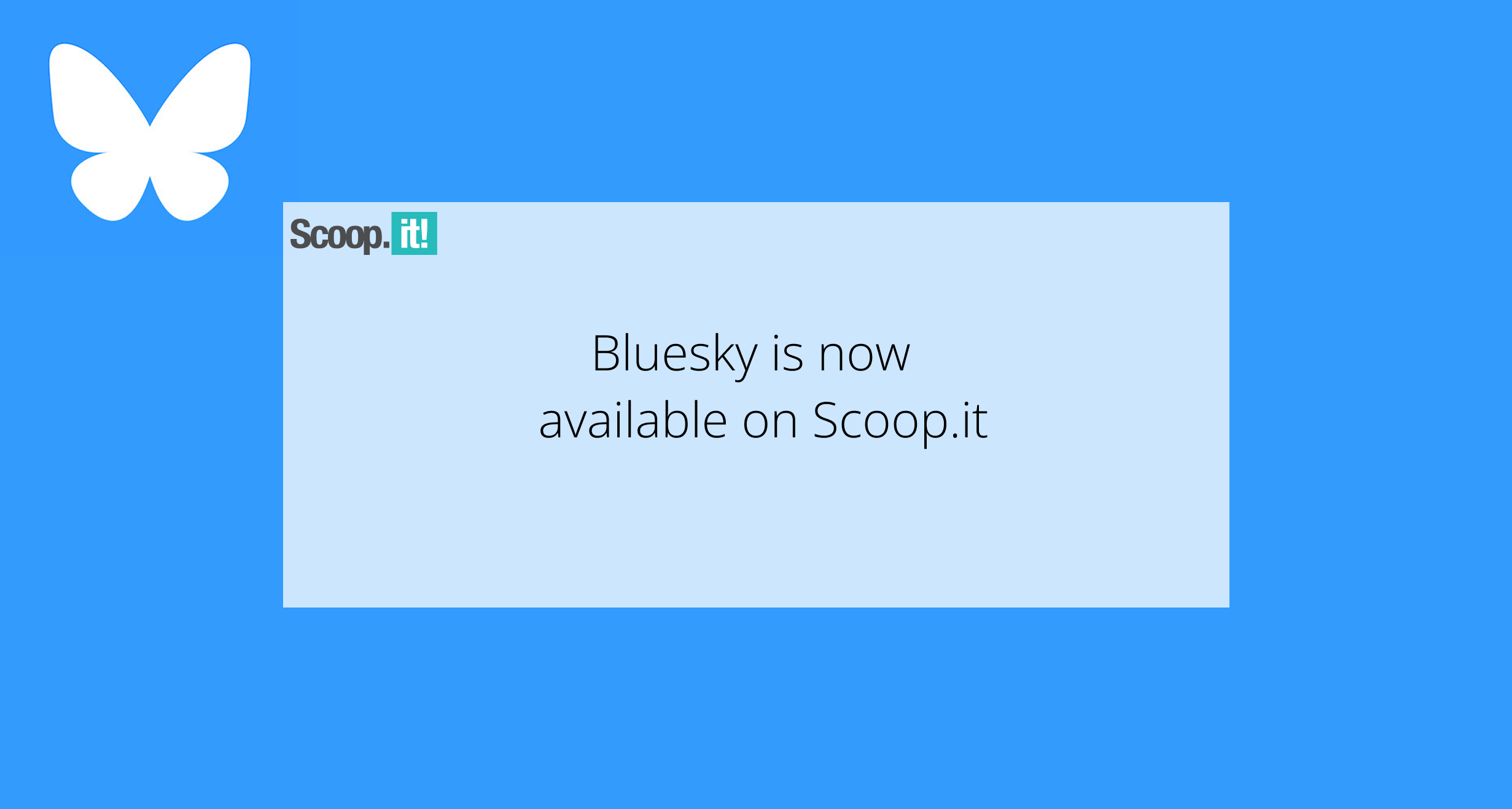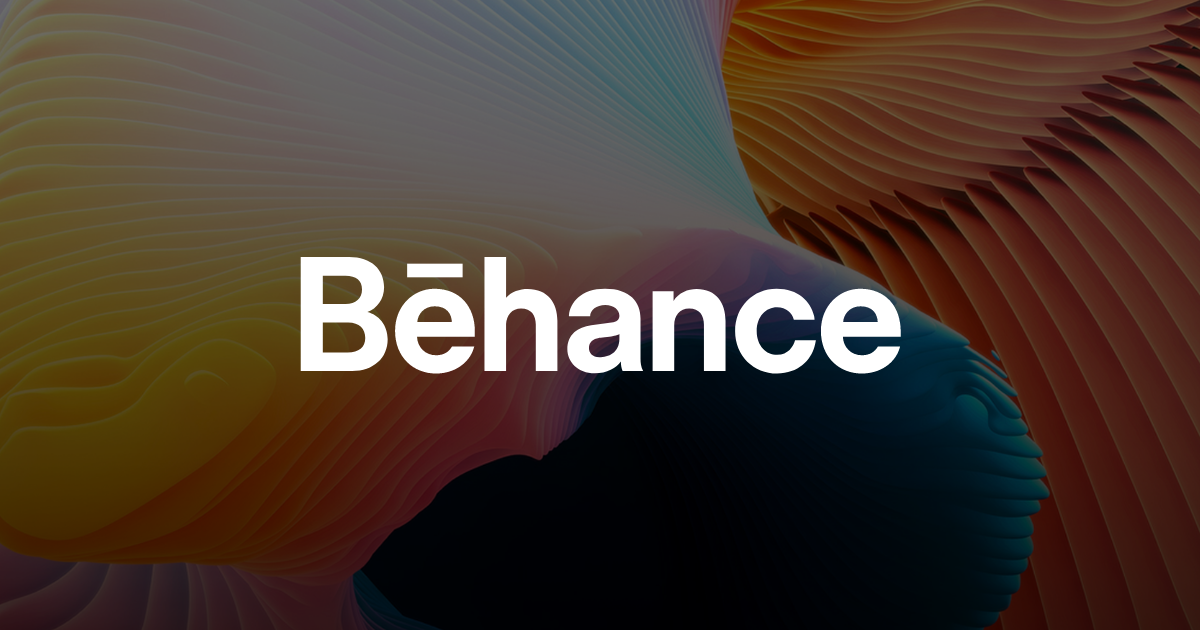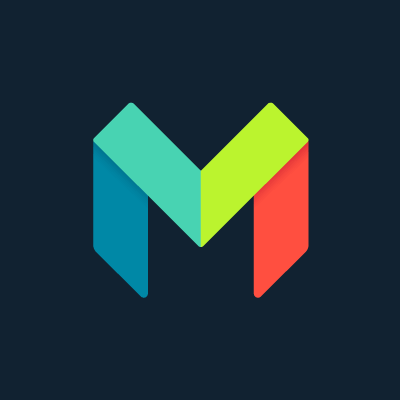Adobe releases ‘created without generative AI’ tag to label human-generated art
The ever-increasing power of generative AI has divided the graphic design community. Many are embracing the tools in their workflows, while others believe they’ve stolen from culture and commoditized a craft. In any case, we all live in a strange time, when people are often presenting fully generative work as their own. Sometimes that’s innocuous. And sometimes that’s icky. But now Adobe wants to offer the public a means to distinguish the authentic from the automated. A new “created without generative AI” tag in Adobe Fresco—the company’s drawing and painting app—will let you mark work as being free from the use of generative AI tools, to certify that you created it by hand. The feature is likely to come to other pieces of the Adobe Suite, according to Eric Snowden, SVP of design at Adobe. [Image: Adobe] “Fresco is one of our tools that we’re not including generative AI, and we wanted to make sure that for someone creating these amazing artworks by hand, they have the ability to say, ‘I did not use generative AI inside of Fresco,” says Snowden. “Those are our customers, too, and we want to support them. If they feel the need to be able to convince clients that they didn’t use generative AI, we want to make that as simple for them to do as possible.” The new optional disclosure comes alongside a greater wave of announcements from Adobe this week that double down on generative AI. Adobe is introducing video and vector support to its own “commercially safe” Firefly model, while also integrating popular generative AI models by third parties—including OpenAI’s ChatGPT, Google’s Imagen and Veo, and Flux—into its software suite. (More partners, including Runway and Luma, will be coming down the line.) Despite Adobe’s lengthy, and even delayed approach to building its proprietary AI model, Snowden says enabling these options that Adobe has tacitly criticized is all about “customer choice.” How Adobe marks work as “created without generative AI” To certify your work as AI-free, Adobe is using its Content Credentials standard. While originally presented as a means to limit misinformation—a topic on which I was more than a little skeptical—this approach to metadata makes a lot more sense in the context of Adobe’s GenAI workflows. These credentials are basically a running receipt of where you did what to any piece of media inside of Adobe’s system. So it will list if you brought your own photo into ChatGPT to restyle it, and then exported it to Adobe Firefly to turn it into video. (Adobe is labeling any media imported into its software that out of its gaze might already be influenced by GenAI as media of unknown origin on this running receipt.) Granted, provenance is almost an oxymoron in any generative AI workflow: ChatGPT 4 was trained on 13 trillion “tokens” of data you’ll never be able to cite. But the Content Credentials standard does offer some sort of ledger of reference to clients or the public at large to how something was created. It’s something a creator can point to and explain or defend the source of their work. “I think illustration is where we’re seeing [demand] . . . but I don’t think it’s specific to only illustration,” Snowden says. Indeed, the competing platform Procreate has taken an anti-GenAI stance, but anti-AI sentiment doesn’t apply to illustrators alone. “I would imagine there are people in every creative discipline where generative AI is not something they’re interested in,” Snowden continues. “And if they feel compelled to communicate—or they’re again being asked to communicate—that they didn’t use generative AI, we should help them do that.” Claiming that any digital work is free from the influence of AI is impossible. For a human gesture to be transformed into a pixel, it’s filtered through all sorts of algorithms that help smooth and make sense of one’s input on a screen—and that’s definitely true for Adobe Fresco as well as the other apps in its suite. Long before GenAI arrived, Adobe products were steeped in the benefits of artificial intelligence and similar coded assistance. That said, Adobe is clearly reading the room, and realizing it must acknowledge that many creators find generative AI to be an assault on their viewpoint and livelihood—even while Adobe is investing more into these technologies that are simply too powerful, and in demand, to be ignored. “Everybody’s going to create in such different ways,” says Snowden. “Which is the exciting thing about working on these kinds of projects—giving people as much choice as possible.”

The ever-increasing power of generative AI has divided the graphic design community. Many are embracing the tools in their workflows, while others believe they’ve stolen from culture and commoditized a craft.
In any case, we all live in a strange time, when people are often presenting fully generative work as their own. Sometimes that’s innocuous. And sometimes that’s icky.
But now Adobe wants to offer the public a means to distinguish the authentic from the automated. A new “created without generative AI” tag in Adobe Fresco—the company’s drawing and painting app—will let you mark work as being free from the use of generative AI tools, to certify that you created it by hand. The feature is likely to come to other pieces of the Adobe Suite, according to Eric Snowden, SVP of design at Adobe.
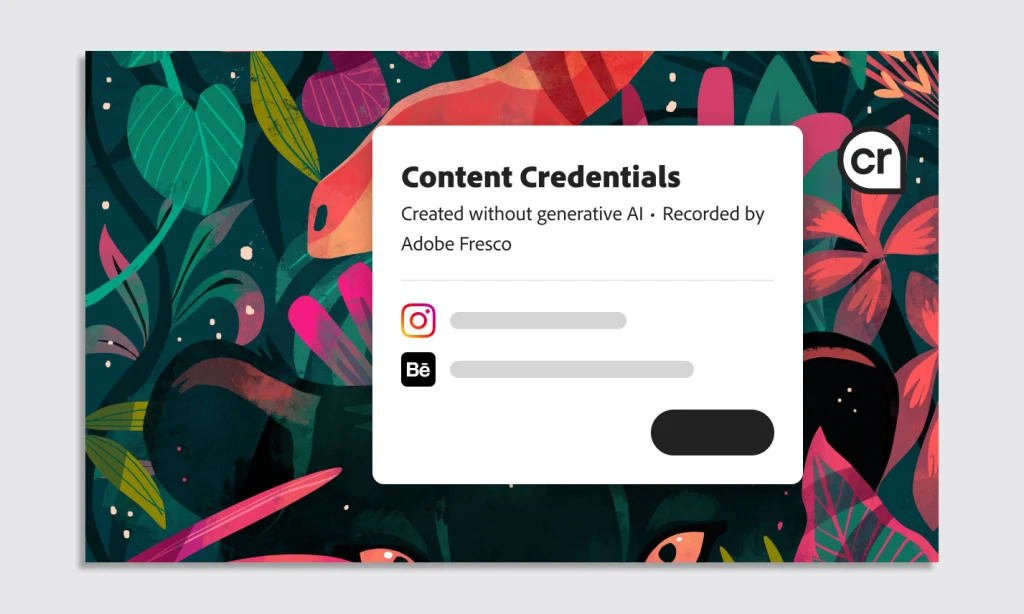
“Fresco is one of our tools that we’re not including generative AI, and we wanted to make sure that for someone creating these amazing artworks by hand, they have the ability to say, ‘I did not use generative AI inside of Fresco,” says Snowden. “Those are our customers, too, and we want to support them. If they feel the need to be able to convince clients that they didn’t use generative AI, we want to make that as simple for them to do as possible.”
The new optional disclosure comes alongside a greater wave of announcements from Adobe this week that double down on generative AI. Adobe is introducing video and vector support to its own “commercially safe” Firefly model, while also integrating popular generative AI models by third parties—including OpenAI’s ChatGPT, Google’s Imagen and Veo, and Flux—into its software suite. (More partners, including Runway and Luma, will be coming down the line.) Despite Adobe’s lengthy, and even delayed approach to building its proprietary AI model, Snowden says enabling these options that Adobe has tacitly criticized is all about “customer choice.”
How Adobe marks work as “created without generative AI”
To certify your work as AI-free, Adobe is using its Content Credentials standard. While originally presented as a means to limit misinformation—a topic on which I was more than a little skeptical—this approach to metadata makes a lot more sense in the context of Adobe’s GenAI workflows. These credentials are basically a running receipt of where you did what to any piece of media inside of Adobe’s system. So it will list if you brought your own photo into ChatGPT to restyle it, and then exported it to Adobe Firefly to turn it into video. (Adobe is labeling any media imported into its software that out of its gaze might already be influenced by GenAI as media of unknown origin on this running receipt.)
Granted, provenance is almost an oxymoron in any generative AI workflow: ChatGPT 4 was trained on 13 trillion “tokens” of data you’ll never be able to cite. But the Content Credentials standard does offer some sort of ledger of reference to clients or the public at large to how something was created. It’s something a creator can point to and explain or defend the source of their work.
“I think illustration is where we’re seeing [demand] . . . but I don’t think it’s specific to only illustration,” Snowden says. Indeed, the competing platform Procreate has taken an anti-GenAI stance, but anti-AI sentiment doesn’t apply to illustrators alone. “I would imagine there are people in every creative discipline where generative AI is not something they’re interested in,” Snowden continues. “And if they feel compelled to communicate—or they’re again being asked to communicate—that they didn’t use generative AI, we should help them do that.”
Claiming that any digital work is free from the influence of AI is impossible. For a human gesture to be transformed into a pixel, it’s filtered through all sorts of algorithms that help smooth and make sense of one’s input on a screen—and that’s definitely true for Adobe Fresco as well as the other apps in its suite. Long before GenAI arrived, Adobe products were steeped in the benefits of artificial intelligence and similar coded assistance.
That said, Adobe is clearly reading the room, and realizing it must acknowledge that many creators find generative AI to be an assault on their viewpoint and livelihood—even while Adobe is investing more into these technologies that are simply too powerful, and in demand, to be ignored.
“Everybody’s going to create in such different ways,” says Snowden. “Which is the exciting thing about working on these kinds of projects—giving people as much choice as possible.”



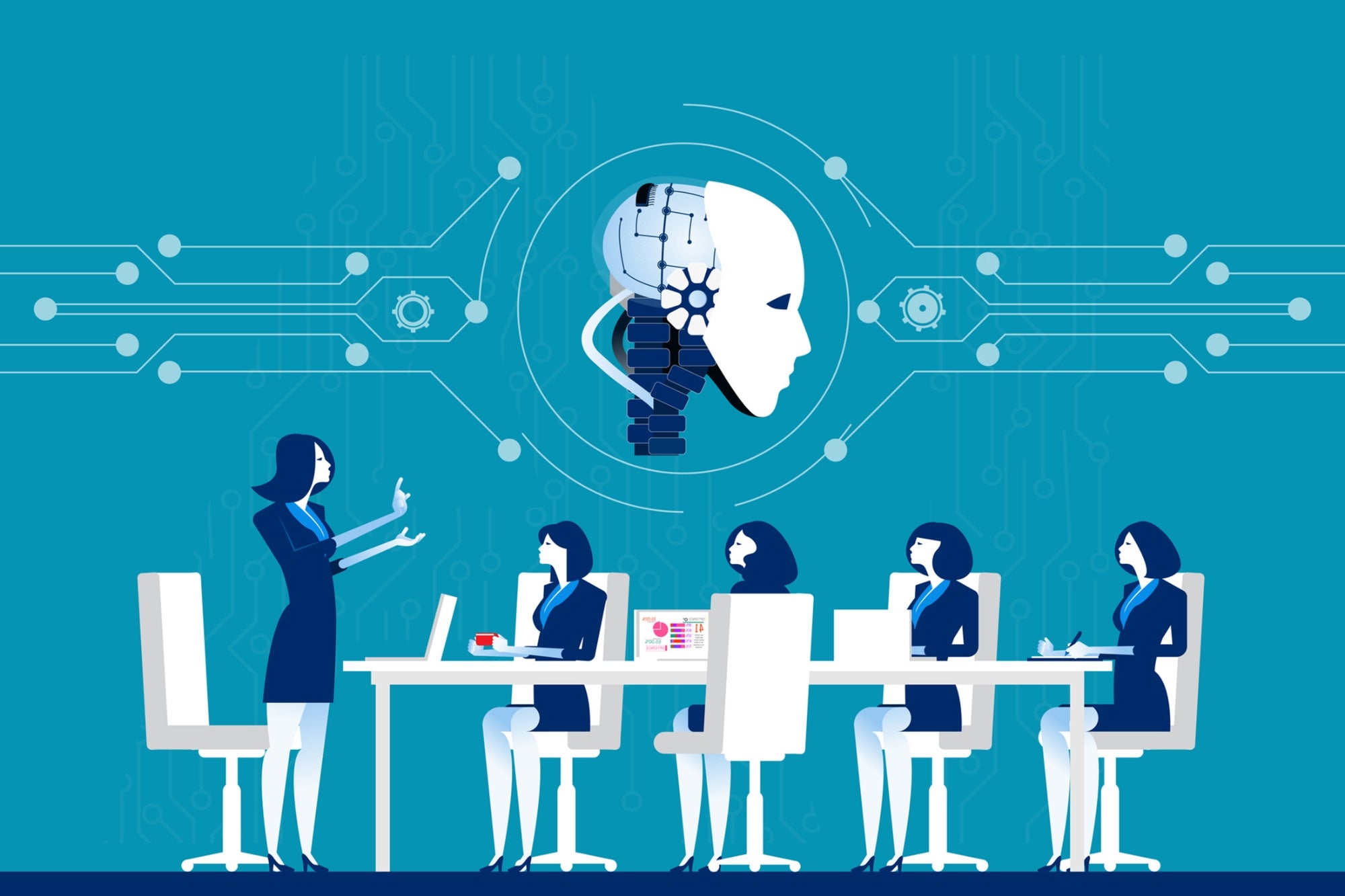

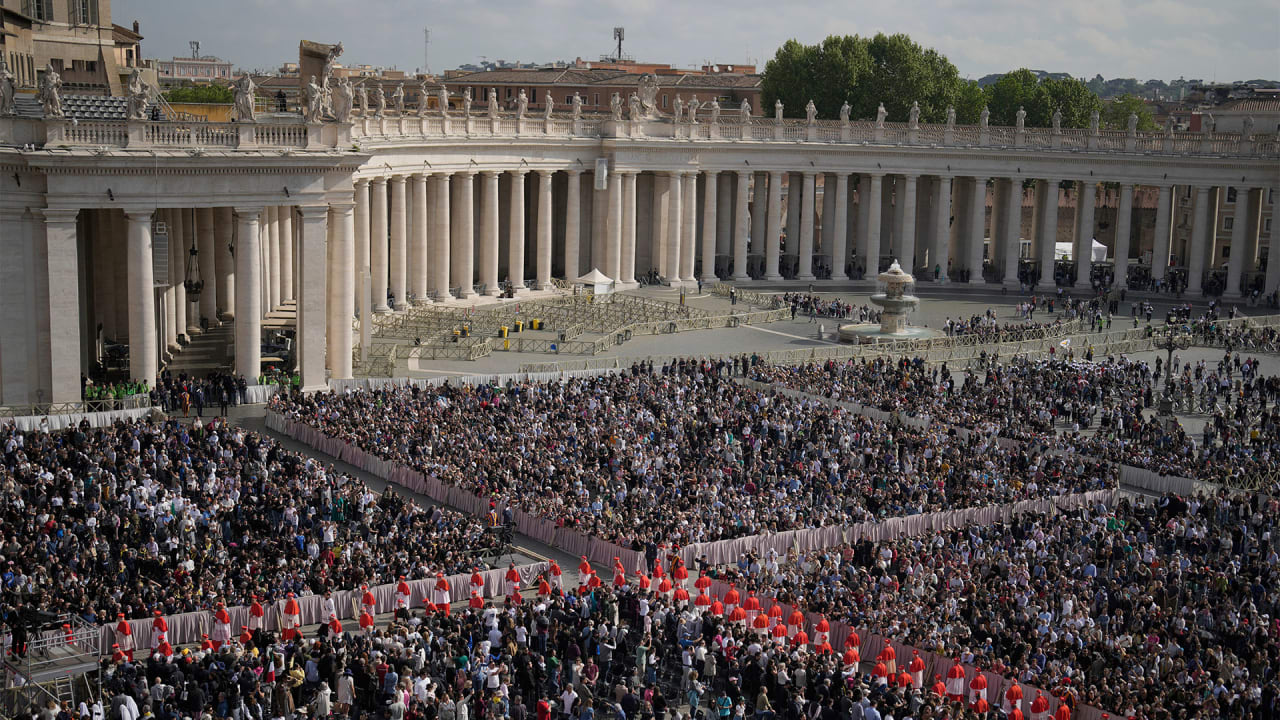
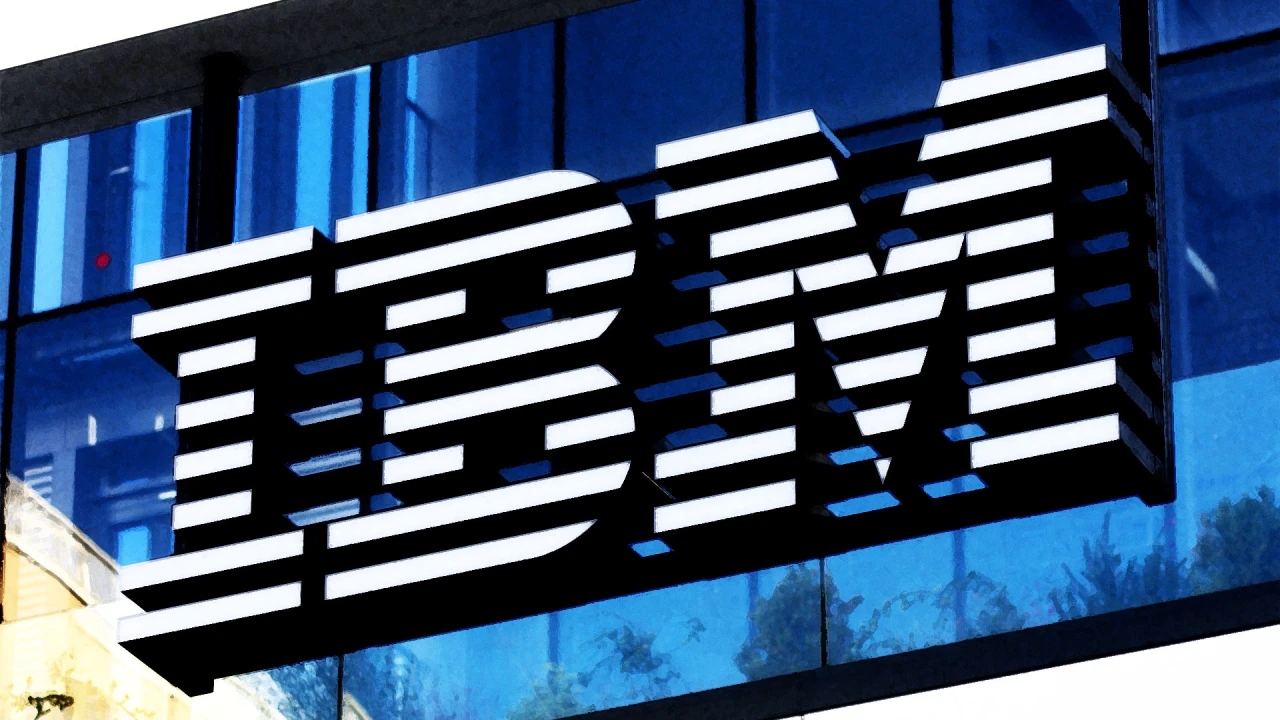















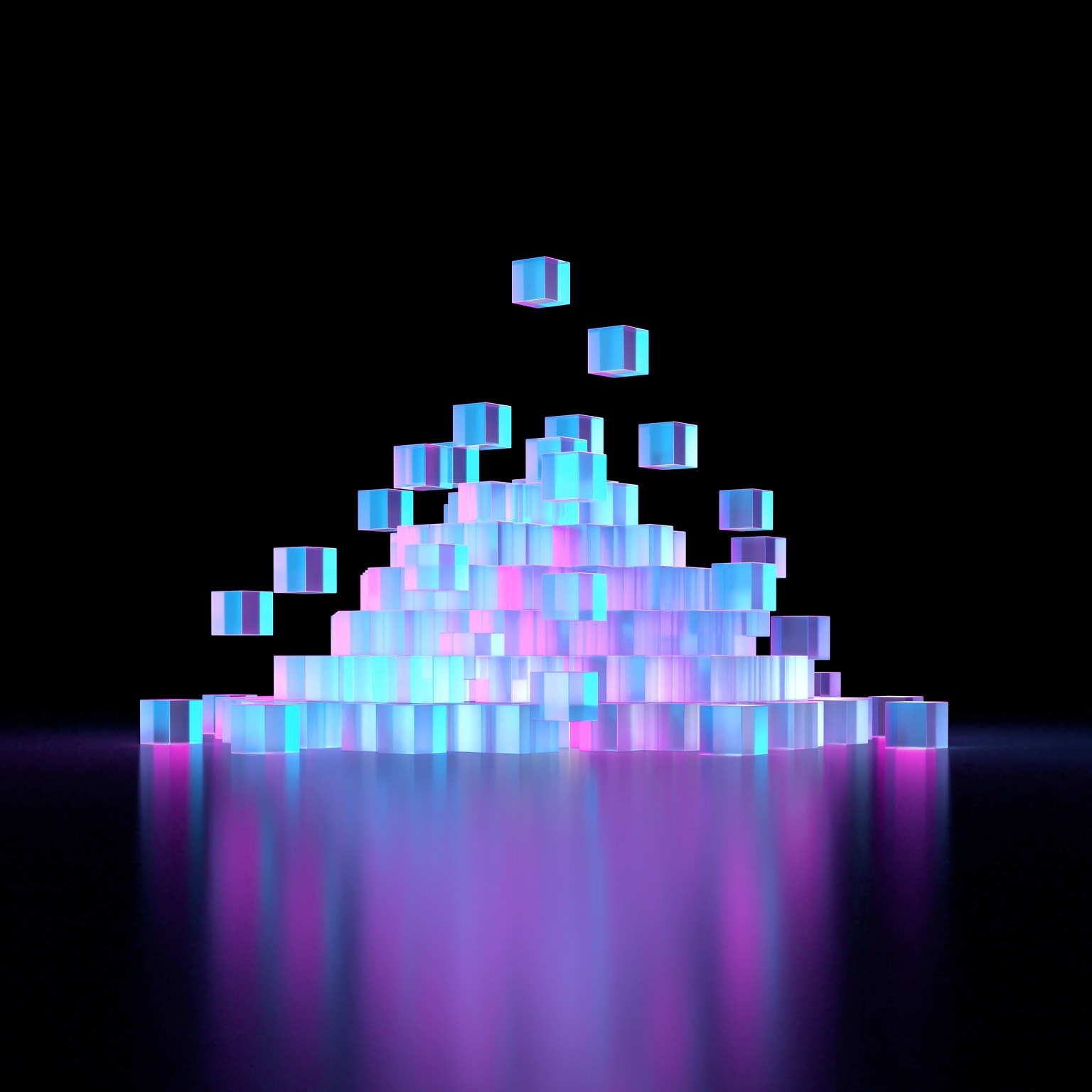
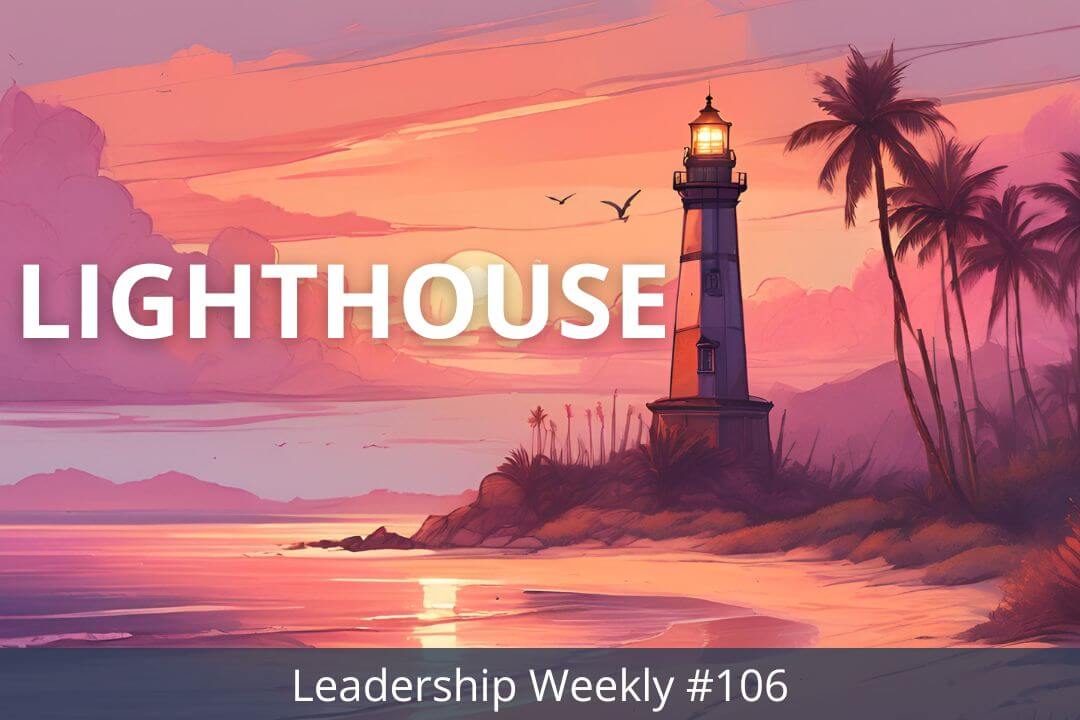


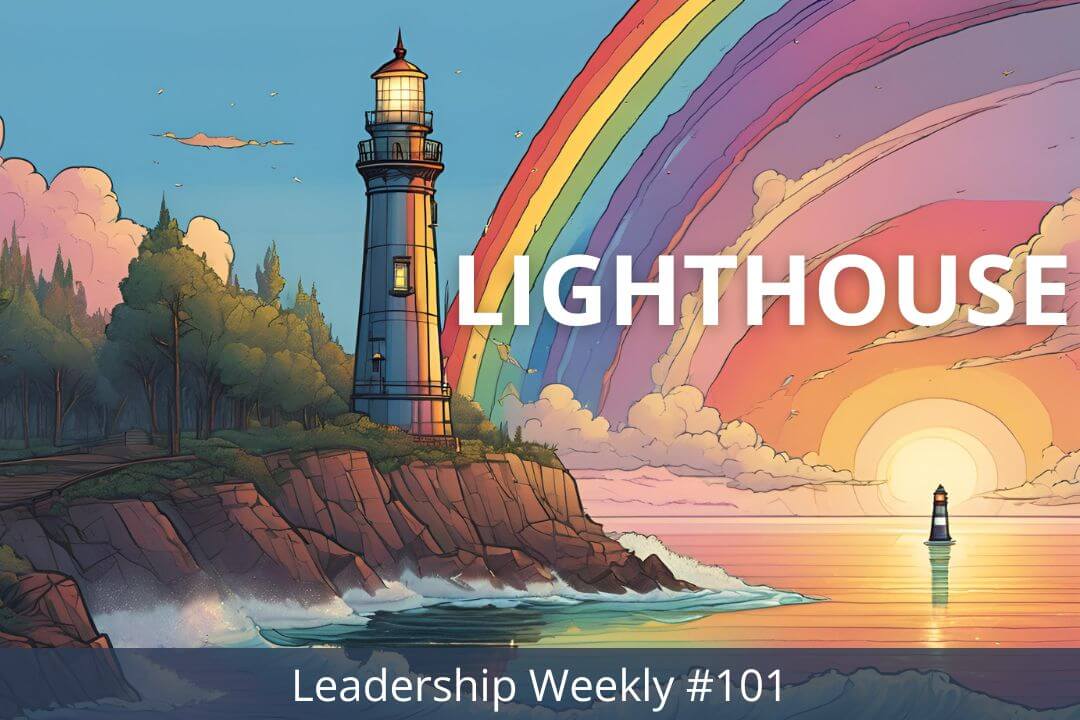

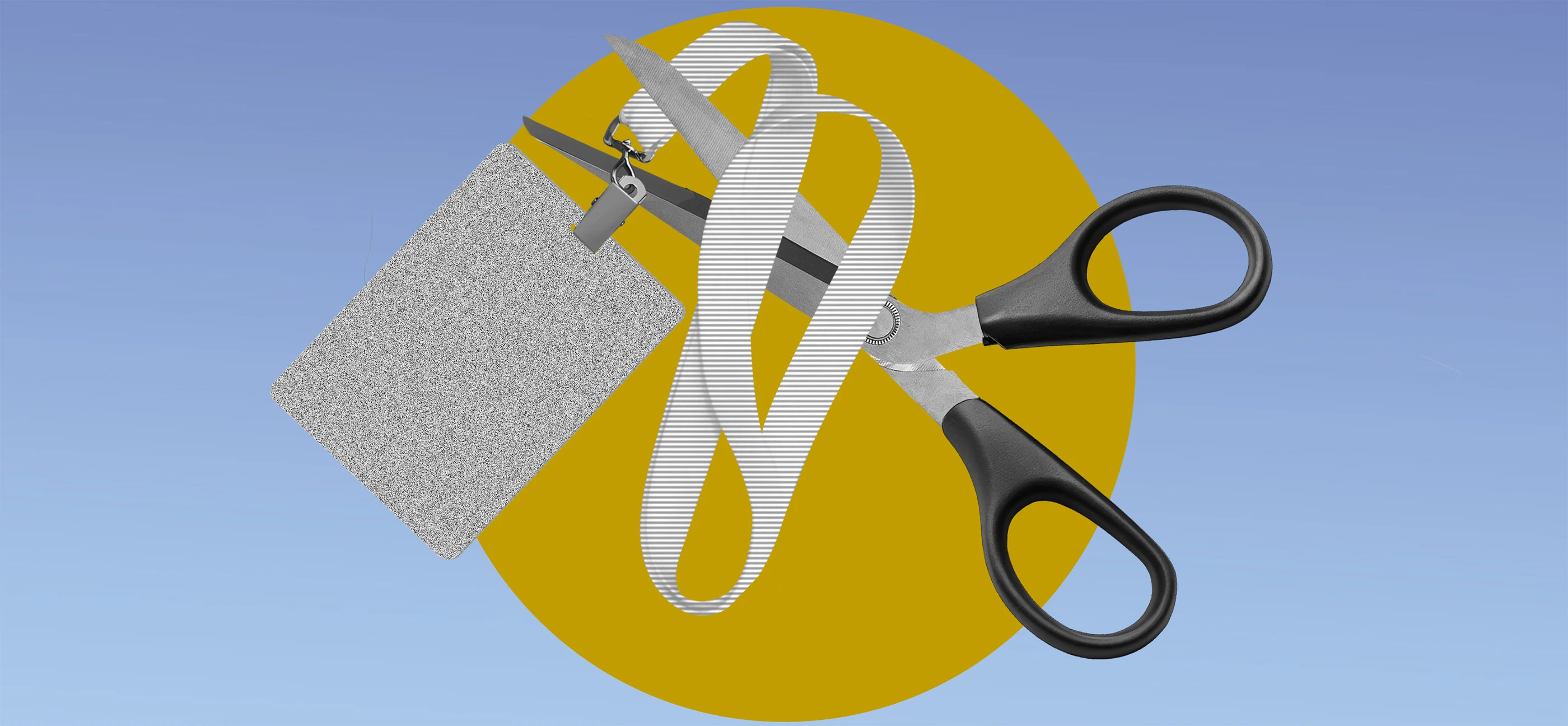








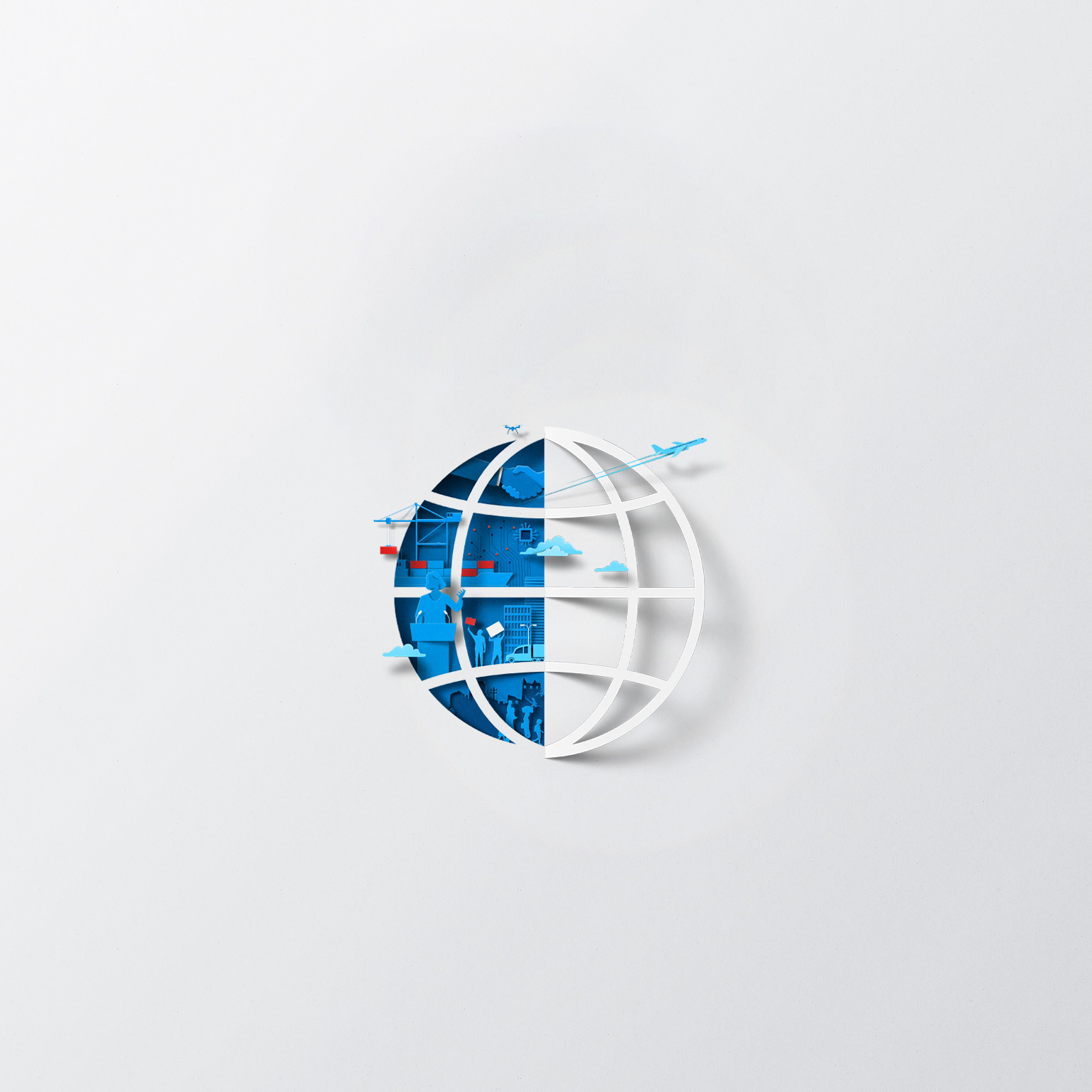
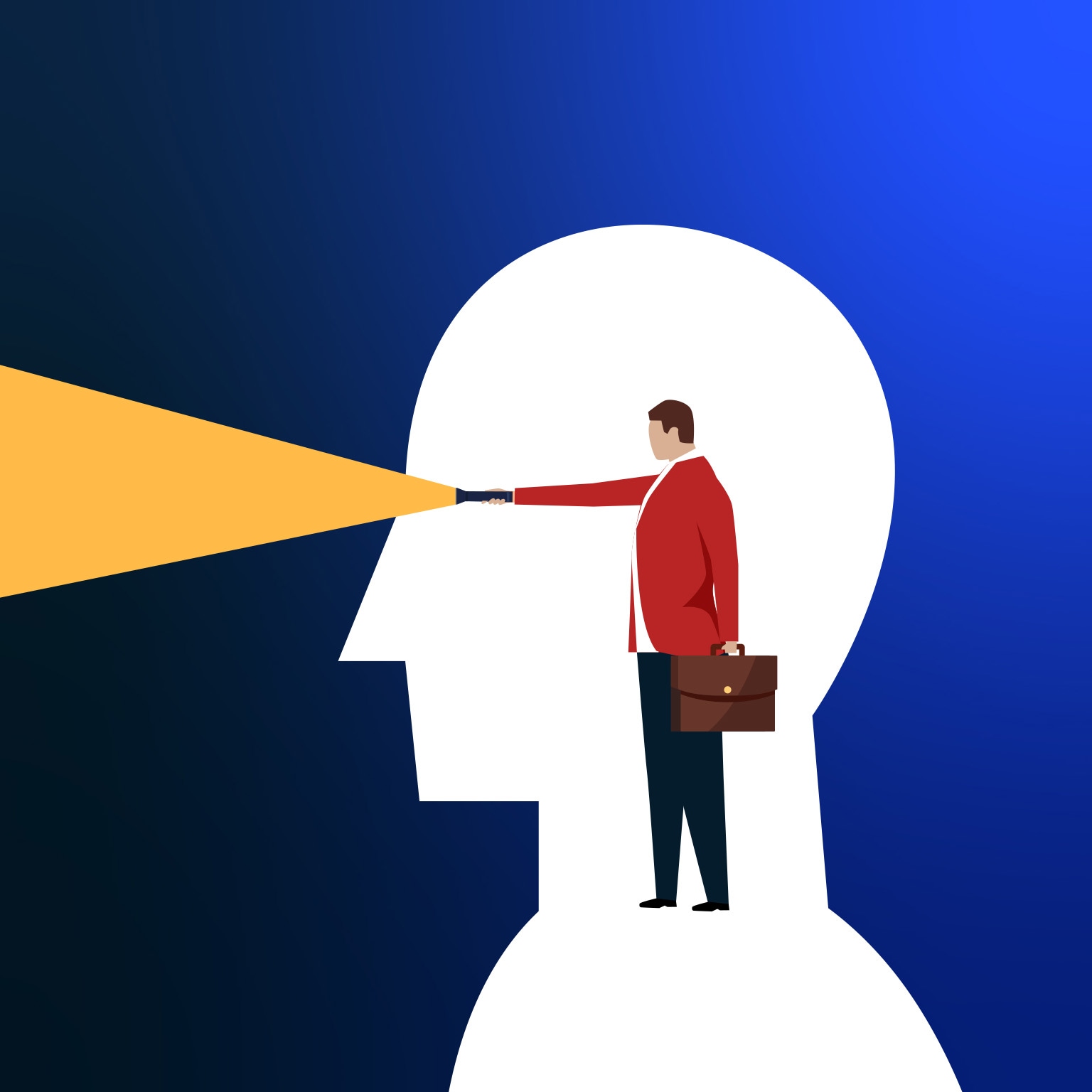




















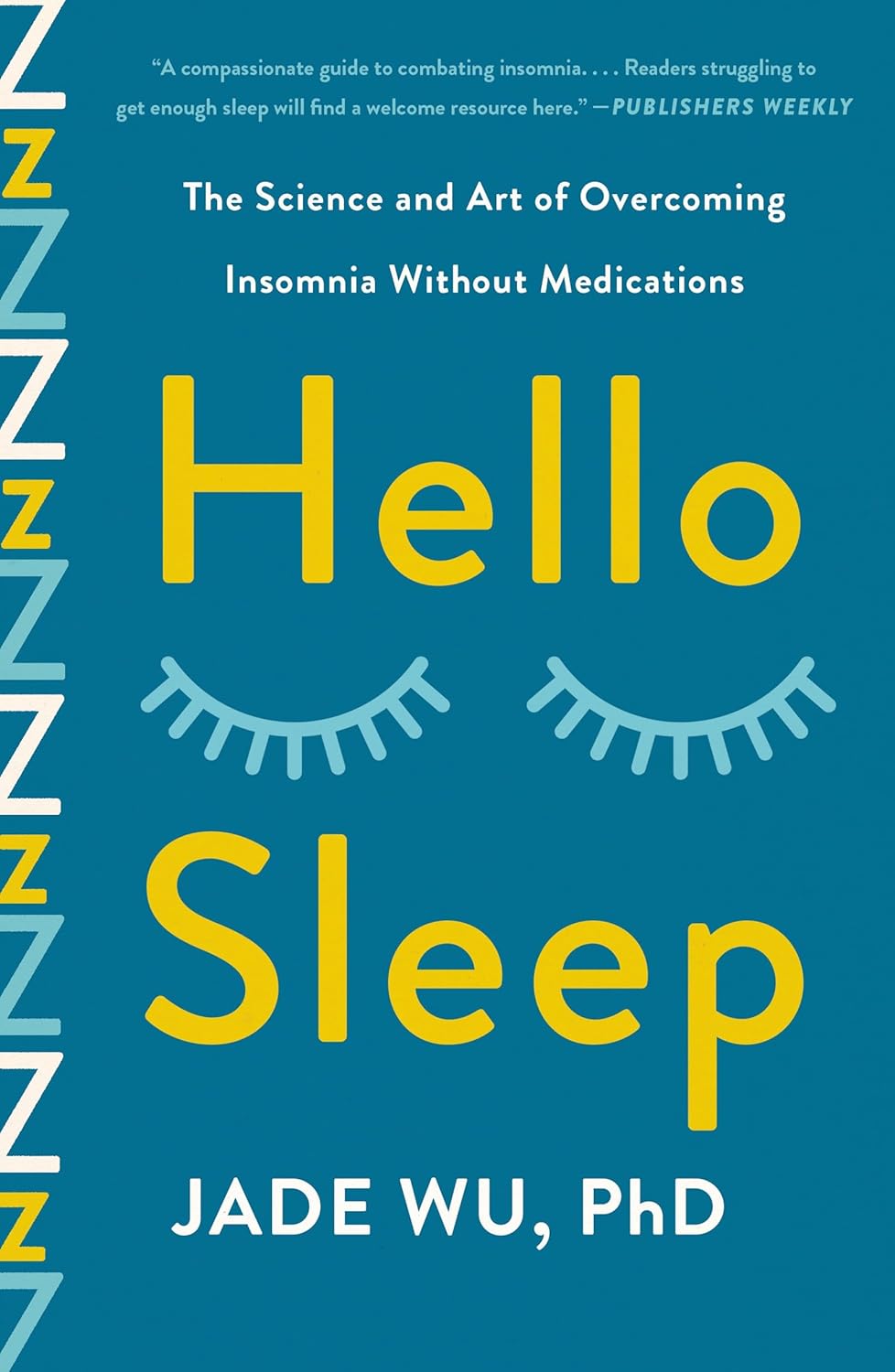



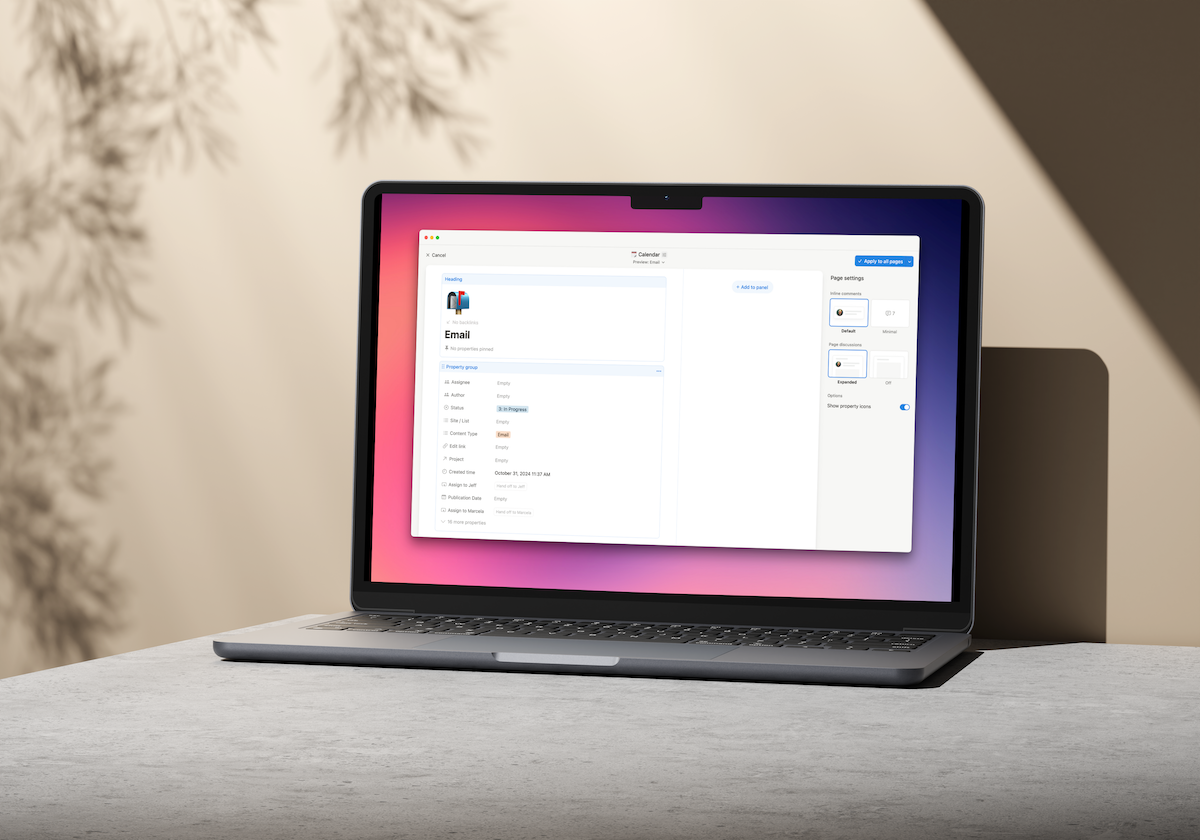













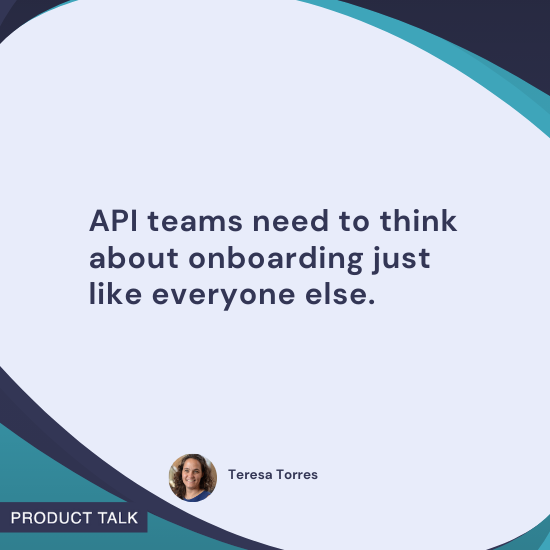


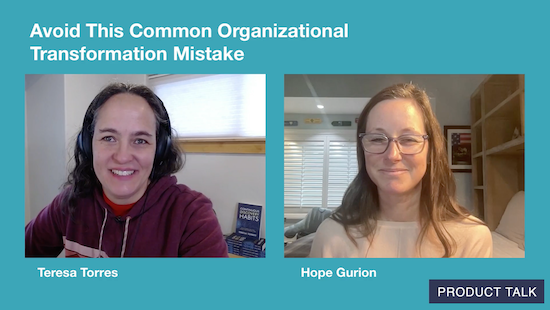
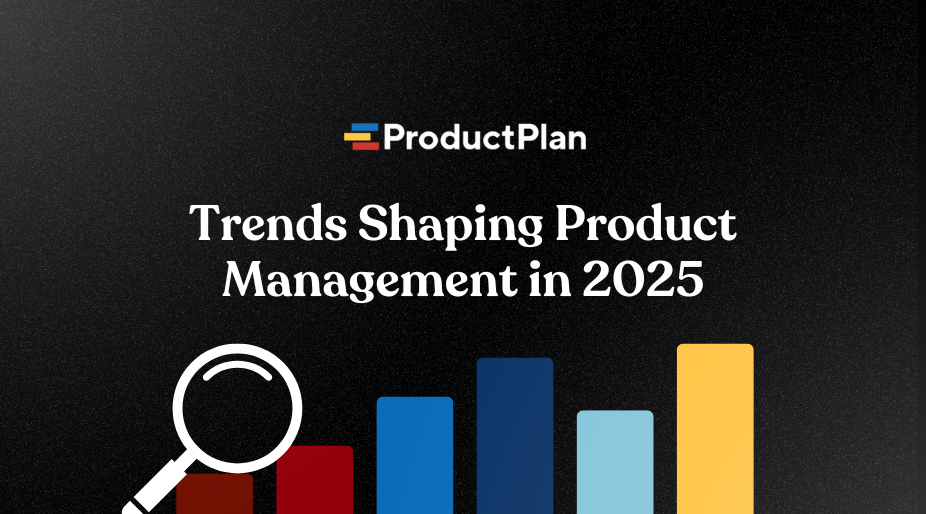


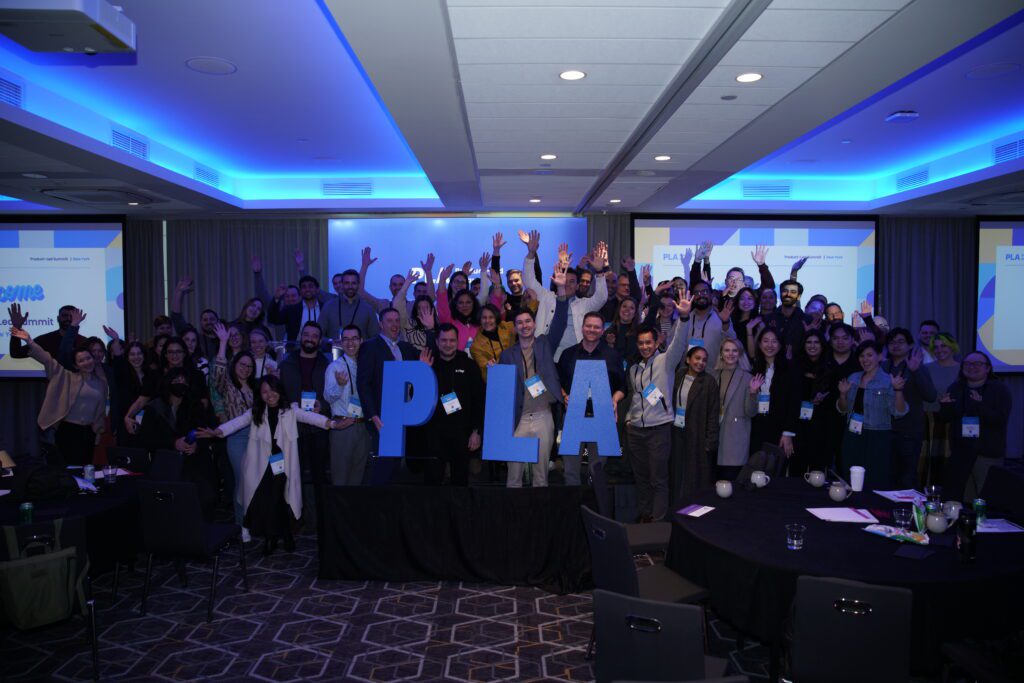











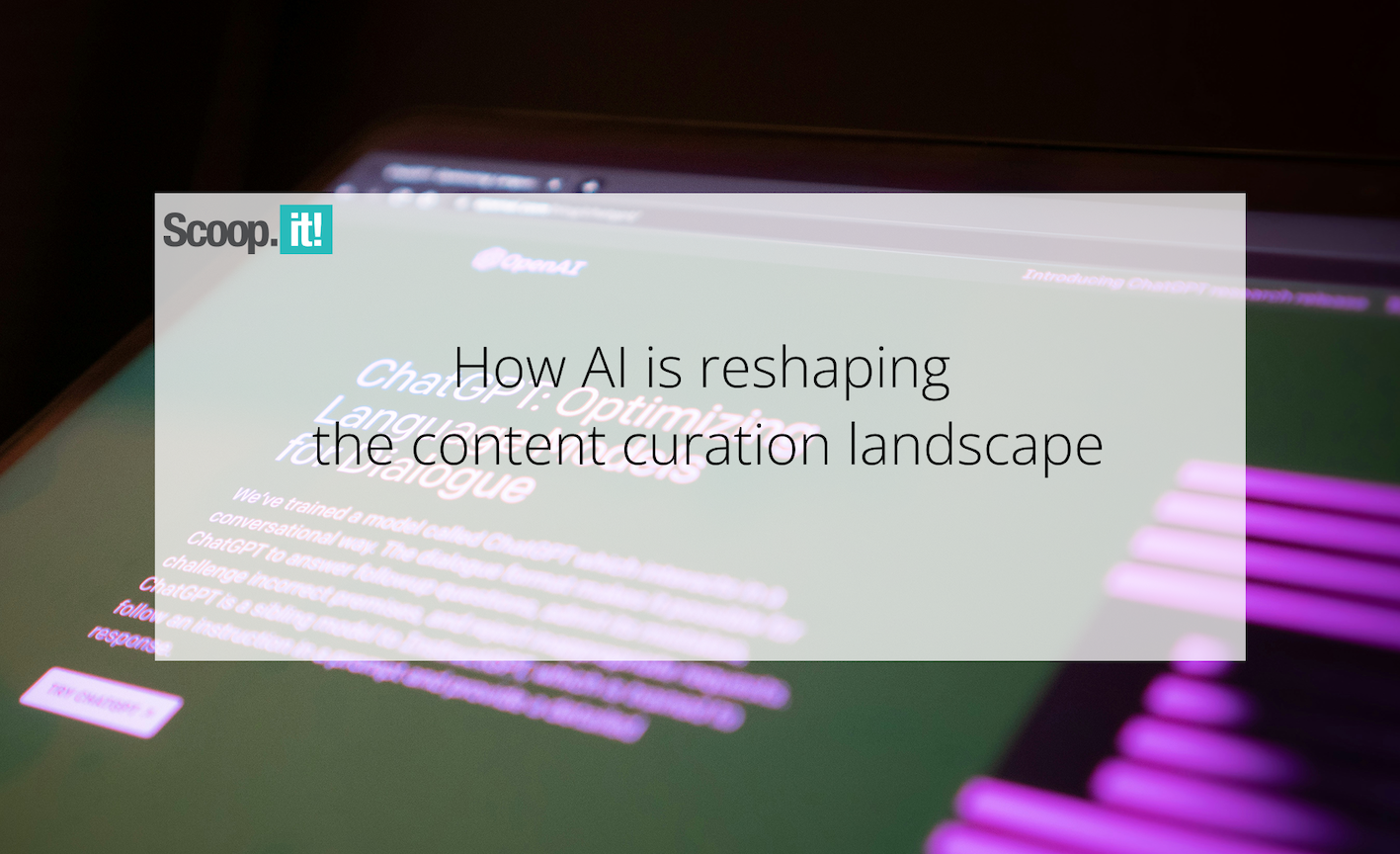
![Building A Digital PR Strategy: 10 Essential Steps for Beginners [With Examples]](https://buzzsumo.com/wp-content/uploads/2023/09/Building-A-Digital-PR-Strategy-10-Essential-Steps-for-Beginners-With-Examples-bblog-masthead.jpg)





![How One Brand Solved the Marketing Attribution Puzzle [Video]](https://contentmarketinginstitute.com/wp-content/uploads/2025/03/marketing-attribution-model-600x338.png?#)

